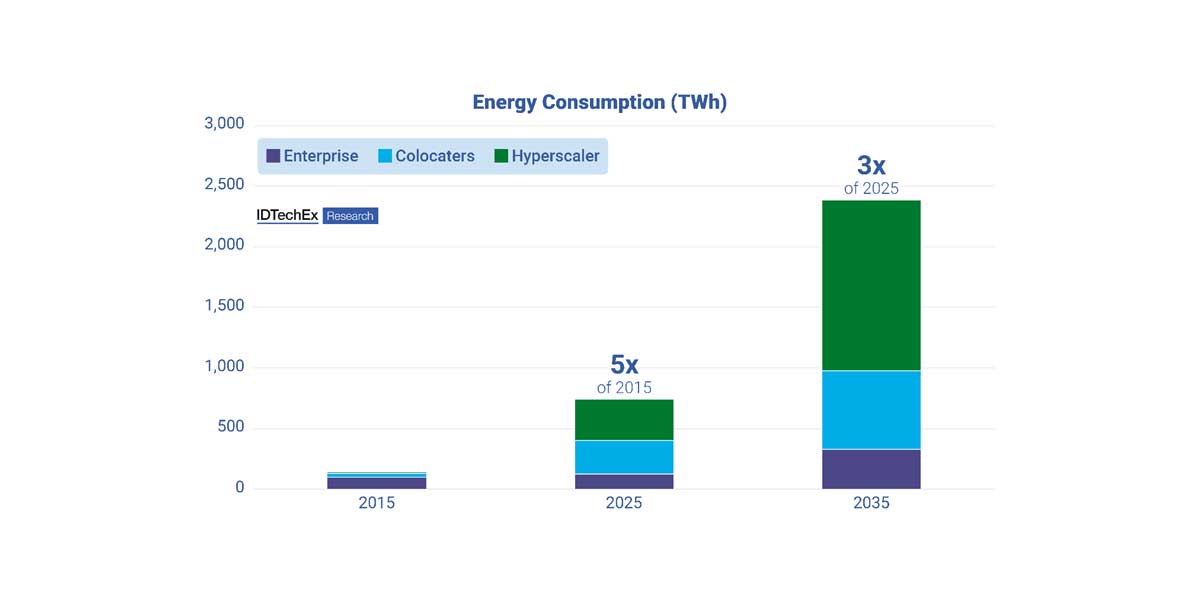By Richard Javad Heydarian
US House of Representatives Speaker Nancy Pelosi’s visit to Taiwan has not, as some may have feared, triggered World War III. But regional tensions are bound to rise following today’s (August 3) historic visit by the third-highest ranking US official.
Although Pelosi’s flight avoided the South China Sea en route to Taiwan, the Sino-American struggle in the disputed waters is expected to intensify over the coming weeks.
In response to Pelosi’s visit, China has imposed sanctions on Taiwanese exports while the People’s Liberation Army (PLA) has announced a “targeted military operation” north, southwest and southeast of the self-governing island China considers a renegade province.
In a clear show of force, China has been holding near-simultaneous drills across the South China Sea in recent days. Between July 27 to 31, just days before Pelosi’s Asia tour kicked off, PLA Navy forces conducted live-fire drills only 125 kilometers (78 miles) off the shores of Taiwan.
The military exercises took place near Pingtan, in Fuzhou, Fujian province over the weekend. As a result, the Guangdong Maritime Safety Administration (MSA) issued three navigation warnings advising vessels against entering designated areas where the drills were taking place.
As soon as it became clear that Pelosi was determined to head to Taiwan, albeit through a more circuitous route via the Philippine Sea, China announced another series of military drills in the South China Sea from August 2 to 6.
PLA forces have also been conducting live-fire drills in the Bohai Sea in the eastern shores of China. The massive exercises are at once a retaliatory measure against the US Speaker’s visit but also a response to what Beijing has described as America’s “navigation bullying” tactics across the South China Sea.
In response to China’s saber-rattling, the US has deployed massive warships, including the USS Ronald Reagan aircraft carrier, to the South China Sea. Jung Pak, deputy assistant secretary for East Asia at the State Department, has accused China of engaging in a “clear and upward trend” of provocative actions across the disputed waters.
US Secretary of State Antony Blinken is expected to visit regional allies such as the Philippines later this week in order to discuss more robust defense cooperation amid an intensifying New Cold War in Asia.
The South China Sea is not only an artery of global trade, but it also represents a vital strategic theater for major powers. For China, which claims the bulk of the disputed waters under its nine-dash line doctrine, the South China Sea is also operationally important because it encompasses large parts of Taiwan, which is perched at the westernmost edge of the Pacific Ocean.
For its part, Taipei controls the Pratas islands in the northeast portions of the South China Sea, while occupying Itu Aba, the biggest natural feature in the Spratly Islands.
In many ways, the brewing crisis in Taiwan is inseparable from the contest for supremacy in the South China Sea. Prior to its latest muscle-flexing in adjacent waters in response to Pelosi’s visit, China had already conducted back-to-back exercises from July 16-20 and July 20-22 in the vital seaway.
In recent years, China has shown a propensity for conducting massive, and often simultaneous, exercises on short notice, demonstrating its ability to rapidly mobilize massive military might in response to America’s perceived threat in the contested maritime region.
Over the past decade, China has rapidly built a wide network of artificial islands and military bases extending from the Paracels in the north all the way to the Spratlys in the southern portions of the South China Sea.
Soon, China may well be in a position to impose an Air Defense Identification Zone (ADIZ) across the whole area, heavily restricting freedom of navigation and overflight for rival powers as well as Taiwan.
Intent on preventing China’s domination, the US has ramped up its naval deployments in the maritime area. Under so-called freedom of navigation operations (FONOPS), US Navy warships have regularly pierced well into the 12-nautical mile radius of China’s claimed and built-up islands in the area.
On several occasions, US and Chinese warships have nearly come to blows, a situation that has been compounded by Beijing’s reliance on an ever-larger armada of para-military vessels to assert its claims across the South China Sea.
Just weeks ahead of Pelosi’s Asian tour, the Pentagon deployed the USS Benfold guided-missile destroyer near the contested Spratly Islands, not long after China claimed to have expelled the same vessel from waters near the disputed Paracels in the northern portions of the sea.
The Pentagon has also conducted increasingly sophisticated drills, most notably demonstrating its new “Lightning carrier concept” during the joint US Navy and Marine Corps exercise from March 30 to April 8, when more than two dozen F-35B Lightning II fighter jets were operated from an amphibious assault carrier, the USS Tripoli, for the first time in history.
As one expert told the South China Morning Post, the transformation of smaller warships into de facto aircraft carriers through fifth-generation fighters “could supplement US Navy carrier operations in a particular area, or serve as an alternative to a carrier if the latter is not required or available.”
To deter any Chinese aggression, the Pentagon also deployed a strike group led by the USS Ronald Reagan aircraft carrier to the South China Sea shortly ahead of Pelosi’s Taiwan visit.
“I can confirm USS Ronald Reagan and her strike group are now underway, operating in the South China Sea following a successful port visit to Singapore,” Lieutenant Mark Langford of the US Navy said in a statement last week.
“As a matter of policy, we do not discuss future ship movements; however, I will add that Reagan is continuing normal, scheduled operations as part of her routine patrol in support of a free and open Indo-Pacific,” the spokesman added, shortly after China warned it would take “firm and resolute measures” in response to Pelosi’s visit.
Amid rising tensions in the South China Sea, the US has tried to reassure its Southeast Asian allies of its commitment to regional security. US Secretary of State Blinken has embarked on a regional tour that is expected to take him to the Philippines, a treaty ally, later this week.
It marks the second high-level meeting between US officials and new Philippine President Ferdinand Marcos Jr, who met Deputy Secretary of State Wendy Sherman earlier this year.
The top US diplomat is widely expected to discuss ways to enhance defense cooperation, including through the full implementation of the US-Philippines Enhanced Defense Cooperation Agreement, which is vital to American efforts to expand its military footprint in the South China Sea.
Ahead of Blinken’s visit, the US Secretary of the Navy Carlos Del Toro made his own regional tour, meeting counterparts in Thailand and the Philippines. In Manila, the top US navy official reiterated America’s commitment to come to the Philippines’ defense in the event of attacks on the latter’s vessels, aircraft and strategic assets in the South China Sea under the two allies’ 1951 Mutual Defense Treaty.
“As President Biden has said, if one country violates one inch of Filipino sovereignty, whether it be at sea or on shore or an offshore island, we will be there to support the Filipino nation and the Filipino people in every possible way,” Del Toro said during his visit to Manila.
When asked if China would follow in Russia’s footsteps by taking aggressive action against Taiwan or smaller nations, Del Toro said. “I’m convinced that allies and partners will come together to do the same thing here in the Pacific.”
Follow Richard Javad Heydarian on Twitter at @richeydarian





















